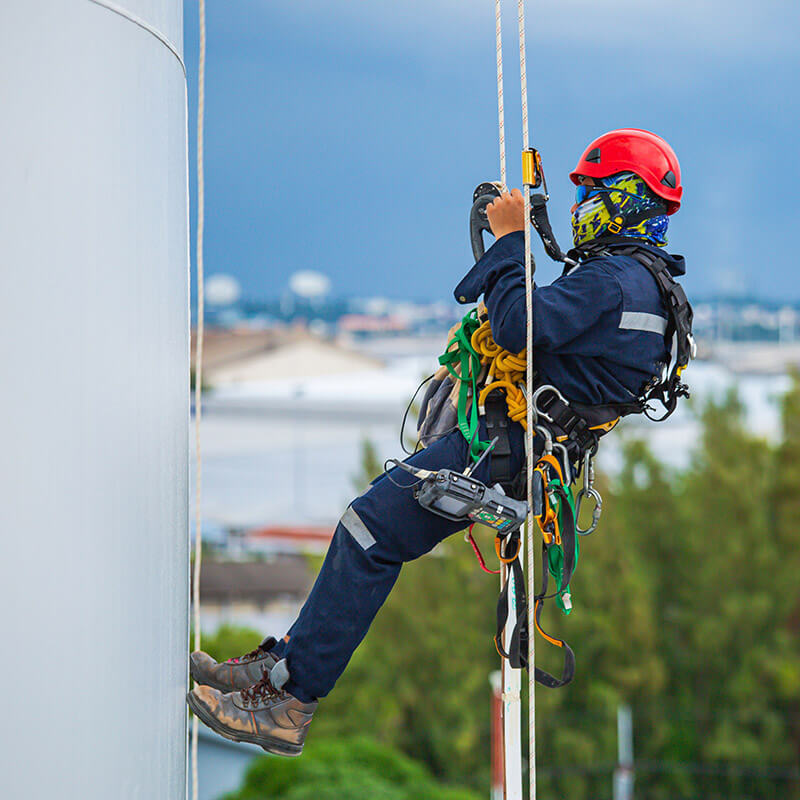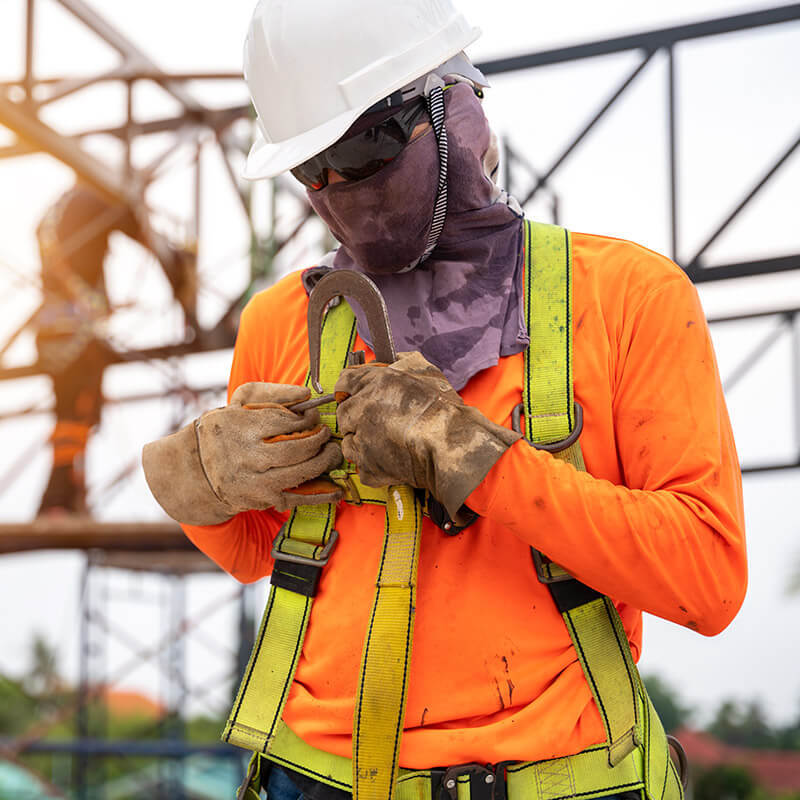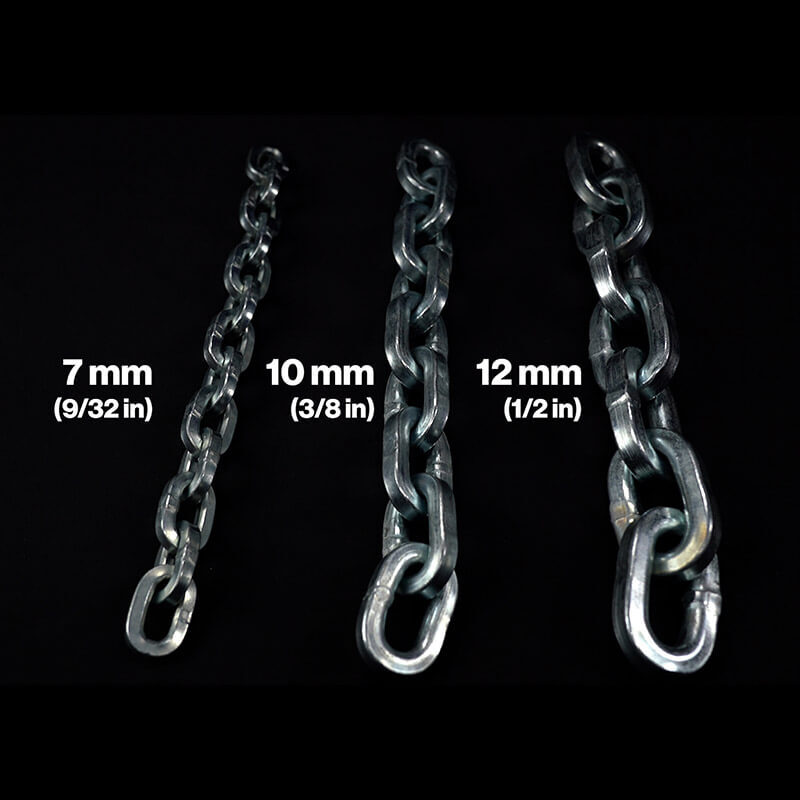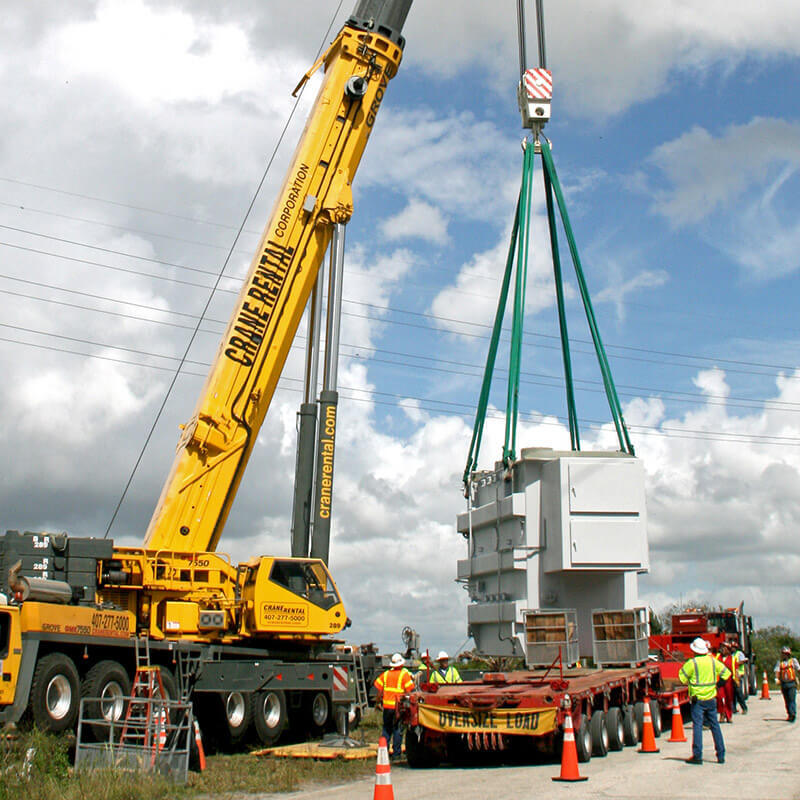What Is the Difference Between a Jib Crane and a Davit?
When navigating the world of material handling and lifting solutions, understanding the difference between a jib crane and a davit crane is critical for ensuring efficient, safe operations. While both are designed to lift and move loads, they vary significantly in design, functionality, and application. Jib cranes are known for their sturdy, fixed structures ideal for repetitive lifting in industrial settings. In contrast, davit cranes are lightweight and portable, making them suitable for flexible, temporary, or remote applications.
Key Takeaways
- Jib cranes are fixed and robust, ideal for repetitive heavy-duty lifting.
- Davit cranes are portable and adaptable, suitable for a range of mobile and marine applications.
- Choosing the right crane type is essential for maximizing safety, efficiency, and ROI.
- Jib cranes can handle loads up to 5 tons; davit cranes typically support up to 2,200 lbs.
- OSHA and ASME standards apply to both crane types and must be followed for compliance.
Understanding Jib and Davit Cranes
Jib Cranes: Features and Benefits Jib cranes are commonly installed in manufacturing, maintenance, and logistics environments. Available in wall-mounted and free-standing models, they require a solid foundation and permanent installation. Key features include:
- Load capacity: From a few hundred pounds to 5 tons
- Rotation: Up to 360 degrees for column-mounted models
- Integration: Easily adapted into existing workflows
- Durability: Designed for long-term use with low maintenance
Relevant Standard: Jib cranes fall under OSHA 1910.179 and ASME B30.11. These regulations ensure safe operation in industrial environments.
Davit Cranes: Portable and Versatile Davit cranes offer a lightweight and modular solution for lifting in temporary or remote job sites. Commonly used in marine, construction, and service applications, their features include:
- Adjustable booms and telescopic arms
- Quick-release pins for rapid disassembly
- Manual or power winches, often requiring no electrical supply
- Corrosion resistance, often featuring zinc-plated or stainless finishes
Relevant Standard: Depending on application, davit cranes are guided by ASME B30.26 and B30.20.
Explore our full line of Thern davit cranes — in stock and ready to ship.
Cost Comparison
Installation and Mobility
- Jib Cranes require engineered installation with a secure concrete base, making them ideal for fixed applications.
- Davit Cranes can be mounted on portable bases or pedestals, allowing quick deployment across job sites.
Applications
- Jib Cranes: Ideal for manufacturing, warehousing, and maintenance where repetitive, high-capacity lifting is common.
- Davit Cranes: Best suited for marine loading, remote repair, and environments without permanent infrastructure.
Advantages and Limitations
- Jib Cranes: High lifting capacity, durable, minimal maintenance; limited reach and requires skilled installation.
- Davit Cranes: Lightweight, easy to use, corrosion-resistant; not suitable for very heavy or repetitive lifting.
Compliance and Safety Always ensure compliance with applicable OSHA and ASME standards. Proper installation, load testing, and routine inspection are vital for safe use. For both crane types:
- Follow ASME B30 standards
- Ensure proper anchoring and load rating verification
- Use trained personnel for operation
Conclusion The decision between a jib crane and a davit crane should be based on load capacity, mobility requirements, work environment, and safety standards. Jib cranes are unmatched in fixed, high-capacity applications, while davit cranes are ideal for mobile and marine use.
Shop our full selection of Thern davit cranes at Bishop Lifting. Our rigging equipment experts can help you build the right combination of crane, winch, base, and accessories to suit your application.
FAQ
What is the main difference between a jib crane and a davit crane? Jib cranes are fixed lifting solutions for heavy-duty, repetitive tasks. Davit cranes are portable, lighter-duty options ideal for temporary or variable-use environments.
Which standards apply to these crane types? Jib cranes follow OSHA 1910.179 and ASME B30.11. Davit cranes follow ASME B30.26 or B30.20 depending on their lifting use.
Where are jib cranes most effective? In manufacturing, logistics, and other stationary industrial settings requiring frequent heavy lifting.
Where are davit cranes most effective? In marine, construction, and remote job sites where portability and ease of deployment are needed.
How do I choose the right crane for my job? Consider load capacity, site conditions, frequency of use, and compliance requirements. Contact Bishop Lifting for expert guidance.
What Are the Different Types of Climbing Ropes?
Dec 11th 2025
What Type of Rope Is Best for Climbing?
Dec 9th 2025
What Are the Two Types of Kernmantle Rope?
Nov 25th 2025
What Is a Kernmantle Rope Used For?
Nov 21st 2025
What Is a Fall Protection Harness?
Nov 14th 2025
What are the four components of a PFAS?
Nov 7th 2025
Is Palmer Safety OSHA Compliant?
Nov 3rd 2025
What’s the Hardest Chain to Cut?
Oct 20th 2025
What are the most common tools used in rigging?
Oct 13th 2025










